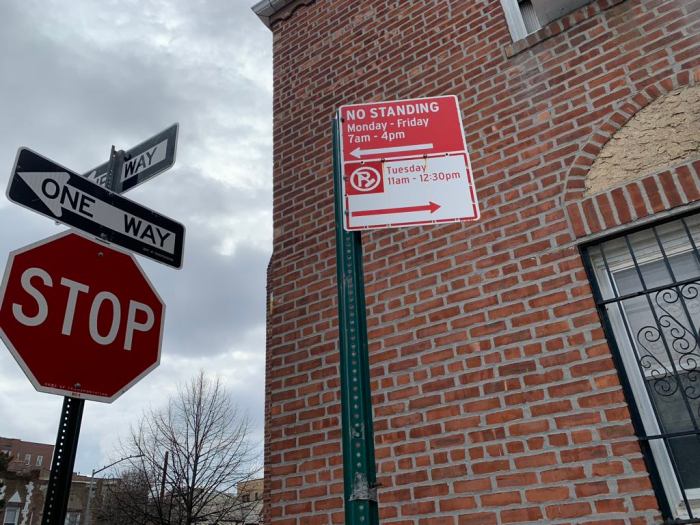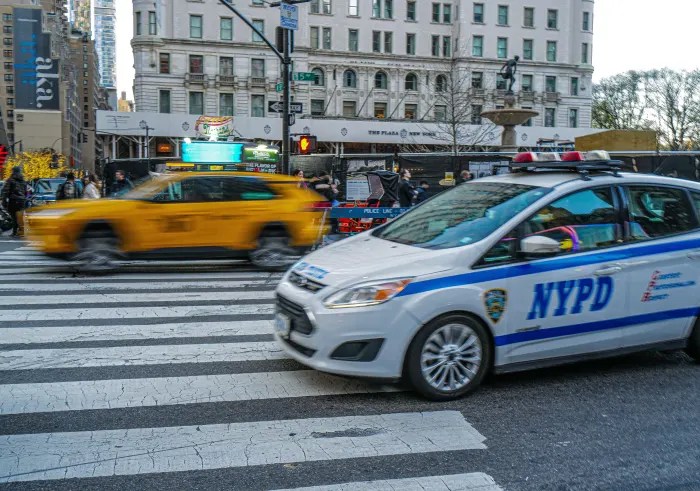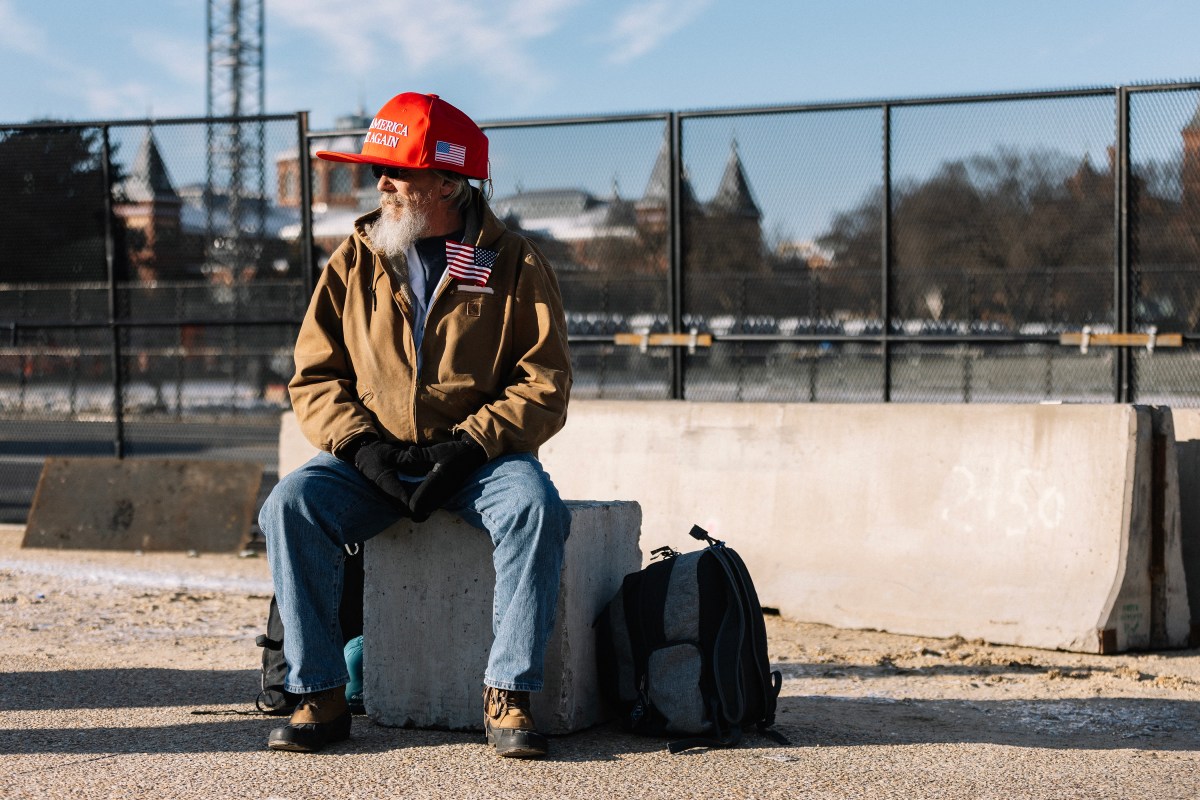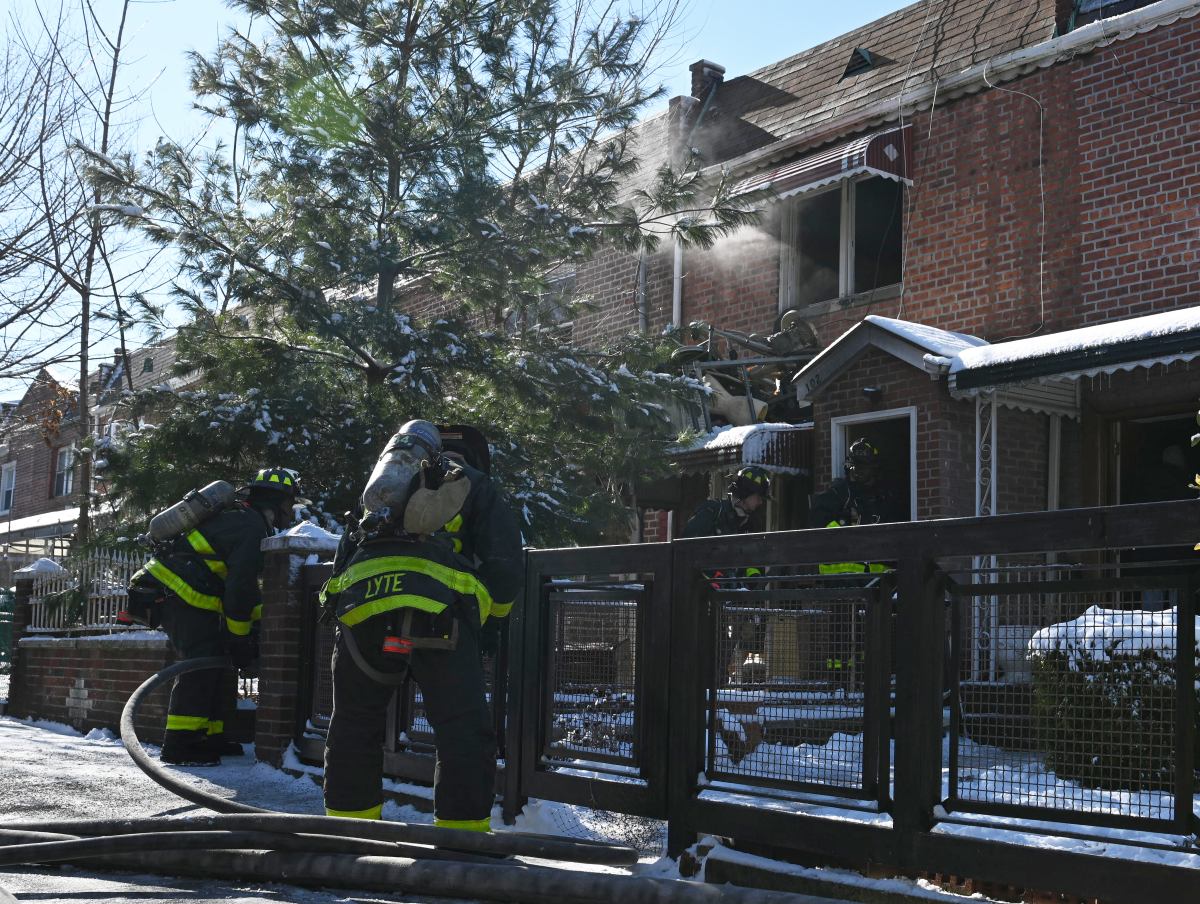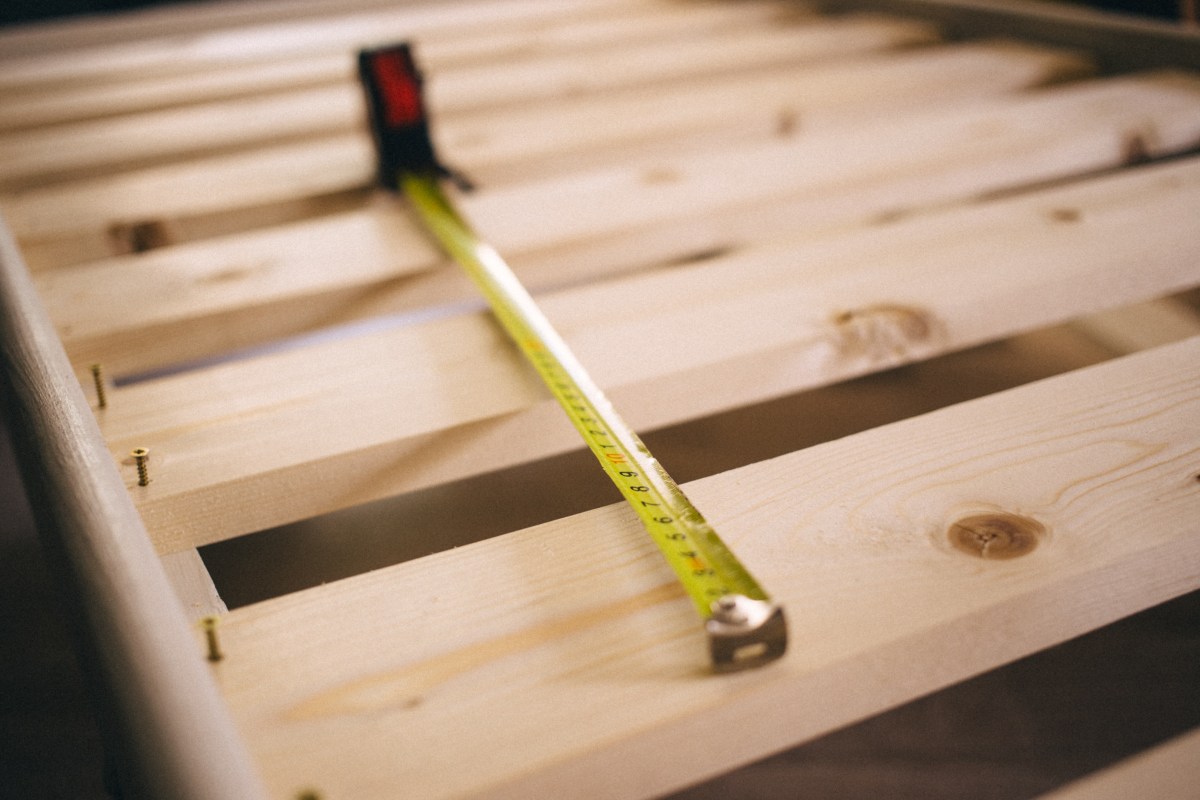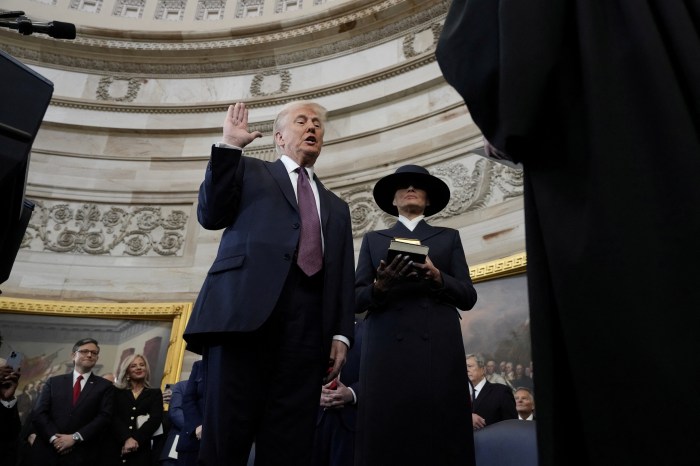
The city plans to turn 14th Street into a busway for 17 hours daily during the L train shutdown coming next April, according to court documents.
As the MTA rehabilitates the L line’s Canarsie Tunnel for 15 months beginning next April, the city is now proposing transforming 14th Street into a predominantly bus-only corridor from 5 a.m. to 10 p.m., seven days a week, according to an MTA court document.
The bus-only zone would be enacted on 14th Street from Ninth to Third Avenues, eastbound, and Third to Eighth Avenues, westbound.
The city also plans to institute carpool restrictions for the Williamsburg Bridge during those hours — requiring three or more passengers in a car to cross — in order to help alternative bus service, which will be running at a clip of 70 buses per hour. Local buses and three new shuttle routes will complement a slew of subway service increases on lines around the L to accommodate the roughly 225,000 daily commuters who rely on the L train to get across the East River.
A spokesman for the city’s Department of Transportation confirmed the details via email, writing that they were a result of listening to community feedback and weighing the needs of the MTA.
“The mayor made the right decision about the L train hours,” said John Raskin, the executive director of the Riders Alliance, which has been advocating for a 24-hour busway over 14th Street. “The city is prioritizing bus travel for the vast majority of the day and, as a consequence, L train riders will be able to depend on buses that are fast, reliable and convenient.”
While the MTA and city both announced the street restrictions late last year, the agencies still had been hashing out the exact hours for the proposals as they tried to balance the needs of worried Brooklyn commuters and Manhattan residents who wanted to preserve vehicle access to 14th Street. At first, the DOT said the restrictions would be in place only during “peak hours.”
For cyclists, the city is now scrapping its idea for a single, two-way bike lane on 13th Street. Instead, two separate, one-way bike lanes will run on 12th and 13th streets. The bike lanes will be separated from traffic with paint and bollards from car traffic, the DOT spokesman said.
Paul Steely White, the executive director of Transportation Alternatives, had originally called for the 14th Street busway to include cycling lanes, and said the latest proposal was “close enough” to what the group wanted. He added, however, the city could be missing key opportunities to improve and expand walking space around Union Square, such as pedestrianizing Irving Place in addition to the DOT’s plans to close car traffic to Union Square West between 14th and 17th streets.
“The city and state have made a lot of progress in finalizing these contingency plans, but we’re looking for making sure that Citi Bike is given the space it needs to operate large stations and valet service,” White said. “There’s also more opportunity for public space improvement, more pedestrian and walking space. The pedestrian flows are going to be massive in and around Union Square.”
The 14th Street busway, while in effect, will still allow for local pickups and drop-offs of residents and visitors to the block, according to the DOT spokesman, though more details on that were not immediately clear.
Arthur Schwartz, the attorney representing a group of block associations in the lawsuit against the MTA and the city, is arguing that the agencies are in violation of state and federal environmental review laws. He said he was “disappointed” by the new proposed hours, but is still hopeful that his lawsuit can delay the shutdown for environmental work.
“To the extent that they’re expanding the hours . . . that’s a step backward and exactly contrary to what the community boards want, what the residents and the block associations want,” he said.
The MTA, meanwhile, expects the vast majority of impacted L commuters, between 70 and 80 percent, to switch to nearby subway lines. The transit authority did not respond for a request for comment, though it has its own plans to boost service on the lines for the 7, A, E, F, M, J and the G, where it will run full-length, eight-car trains.
Even with the hours set for bus priority, L train riders on Monday were still dreading next year’s shutdown.
Dalisa Espinosa, 26, from Brooklyn, said the L is “definitely still going to be missed.” She plans to take the J to the 6 train, instead of the usual L ride.
“The MTA is always a mess. It’s a mess on the weekends already and I feel like it’s just gonna get even more messy because a lot of people depend on the L to get to work,” Espinos said. “It’s really the only train that goes into the East Side, after that you depend on the bus. I’m very pessimistic about it. I’m not excited.”
With Abigail Weinberg




